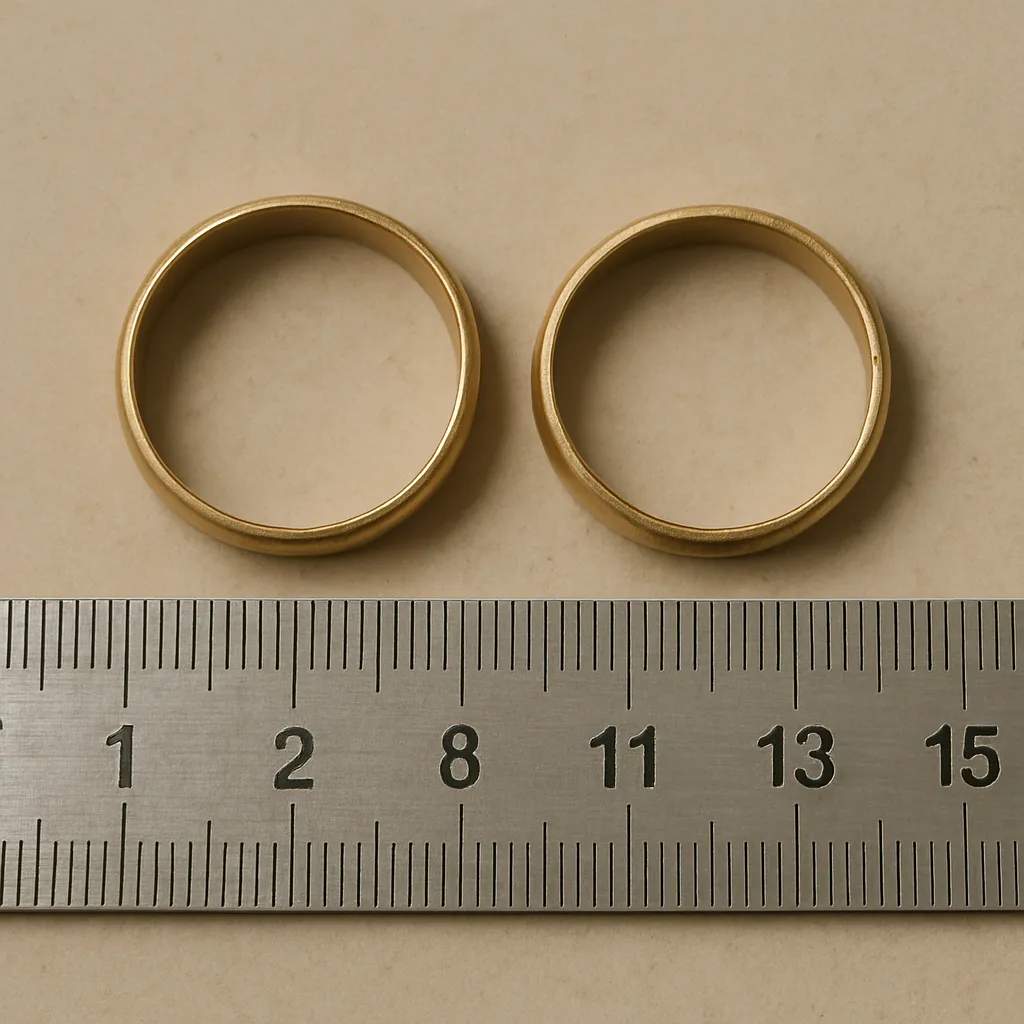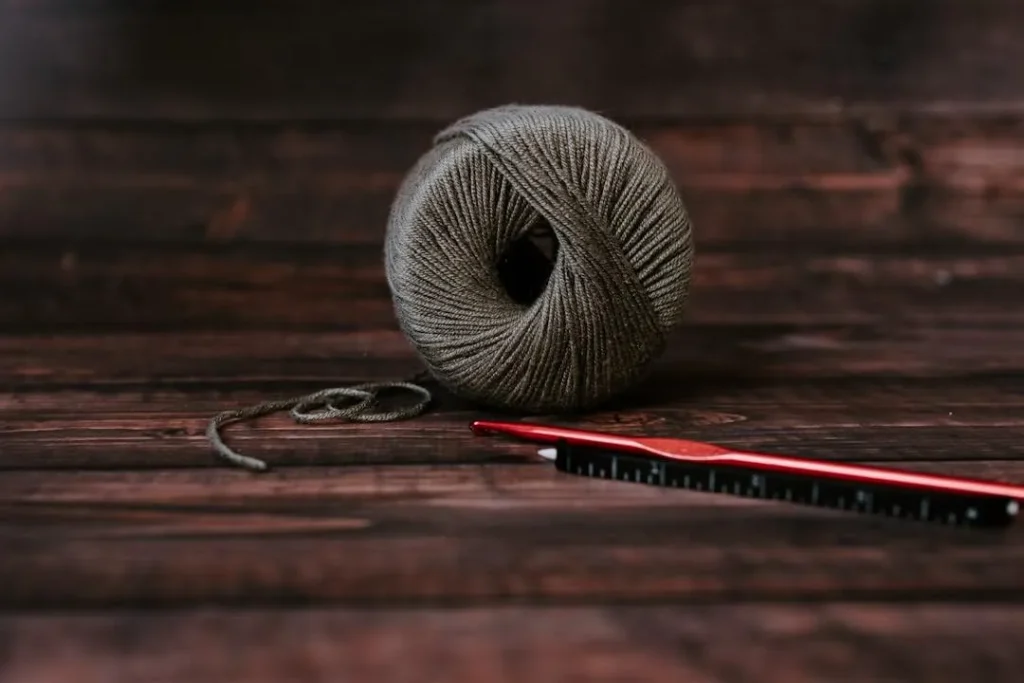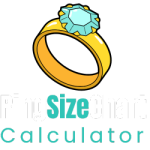Choosing the right ring size can be a daunting task, especially when buying a surprise gift. Whether you’re shopping for an engagement ring, a birthday present, or just a special token of affection, understanding the average female ring size can help you make the perfect choice. In this guide, we’ll delve into various factors that influence ring size and provide insights into common averages. Knowing the average can also save time and effort, ensuring that the precious moment of gifting is not marred by a fit that is too tight or loose.
Understanding ring sizes is not only crucial for the perfect fit but also for the comfort and longevity of the ring. A ring that fits well is less likely to slip off unnoticed or cause discomfort over time. It’s also essential to remember that while averages provide a starting point, personal variations are common. Therefore, a little extra effort in understanding these nuances can go a long way in making a memorable and cherished gift.
The average female ring size typically ranges from size 5 to size 7, with size 6 being the most common size. However, it’s essential to remember that these sizes are just averages and can vary significantly from person to person. Many women may find themselves outside this range, and that’s perfectly normal. The diversity in ring sizes reflects the diversity in women’s body types and hand shapes.
It’s also worth noting that cultural and regional differences can influence average ring sizes. For instance, women in certain parts of the world may have different average sizes due to genetic and environmental factors. Moreover, lifestyle choices and even fashion trends can sometimes play a role in determining what is considered ‘average’ in various communities.
Factors Influencing Ring Size
Several factors can influence ring size, including:
- Genetics: Like many other physical attributes, genetics play a significant role in determining ring size. Family traits often influence the size and shape of fingers, and you might notice similarities among family members.
- Height and Weight: Generally, taller and heavier individuals may have larger ring sizes. This correlation is not absolute, but it can provide a general guideline for estimating ring sizes based on physical stature.
- Finger Shape: Some people have slender fingers, while others have wider knuckles, affecting the fit of rings. The shape of the finger can dictate whether a ring slides easily or catches at the knuckle.
- Dominant Hand: The fingers on your dominant hand are typically slightly larger. This is due to increased muscle development from more frequent use, which can be an important consideration when measuring for a perfect fit.
Understanding these factors can help in making an informed decision, reducing the risk of having to resize the ring later. Considering these aspects can also enhance the emotional significance of the ring by ensuring it fits comfortably from the start.
Average Ring Size by Height and Weight

While it’s not a strict rule, some general patterns can be observed when considering average ring size by height and weight. These patterns offer a useful framework for narrowing down ring size options, especially when precise measurements are not available.
1. Height
- Petite (Under 5’3″): Women who are shorter than average often have smaller ring sizes, typically ranging from size 4 to size 5.5. This is not a hard-and-fast rule, but petite women often find these sizes more accommodating.
- Average Height (5’3″ to 5’7″): Women of average height usually have ring sizes between 5 and 7. This range reflects the most common sizes found in retail jewelry, making it easier to find styles that fit well.
- Tall (Over 5’7″): Taller women may have larger ring sizes, often between 6 and 8. These women might also prefer broader styles that complement longer fingers.
These height-based averages can be a helpful starting point, but individual preferences and unique hand shapes should always be considered. Personal comfort and style should take precedence over strict adherence to averages.
2. Weight
- Slim Build: Women with a slim build might have ring sizes between 4.5 and 6. A slender frame often corresponds to smaller finger sizes, but individual variations are common.
- Average Build: An average build often correlates with ring sizes between 5 and 7. This range is the most commonly available in stores, making it easier to find a variety of styles and designs.
- Curvy Build: Women with a curvier build may have sizes ranging from 6.5 to 8. A more robust build can suggest larger sizes, but personal comfort should always guide the final choice.
These ranges are not definitive but can serve as helpful guidelines when estimating ring size. It’s essential to balance these general observations with personal measurements for the best fit and comfort.
Average Female Ring Finger Size
The ring finger, typically the fourth finger on the left hand, is the most common finger for rings, especially engagement and wedding rings. As mentioned, the average size for this finger is around size 6. However, for a more personalized fit, it’s best to measure the specific finger in question. This ensures that the ring will slide comfortably over the knuckle and sit securely at the base.
Measuring the correct finger is particularly important for engagement rings, as they are often worn every day and should feel comfortable throughout various activities. A well-fitted ring minimizes the risk of loss or discomfort, making it a joy to wear.
How to Measure Ring Size

by Kelly Sikkema (https://unsplash.com/@kellysikkema)
If you’re looking to find the perfect ring size, measuring is crucial. Here are a few methods:
1. Use a Ring Sizer
A ring sizer is a simple tool that can accurately measure your finger size. You can purchase a ring sizer online or at most jewelry stores. This tool typically consists of a set of rings in different sizes or a measuring tape specifically for fingers.
Using a ring sizer is one of the most accurate ways to determine your ring size, as it accounts for the shape and nuances of each finger. Jewelers often recommend this method for its precision and reliability.
2. String or Paper Strip Method
- Wrap a piece of string or a strip of paper around the base of the finger. Ensure that it is not too tight or too loose, allowing for some movement over the knuckle.
- Mark where the string or paper overlaps. This step is crucial for ensuring an accurate measurement.
- Measure the length with a ruler. It’s best to convert this measurement to millimeters for greater accuracy.
- Use a ring size chart to convert the measurement to a ring size. Many online resources provide conversion charts that are easy to use.
This method is convenient for quick assessments and when professional tools are not available. However, it requires careful handling to avoid errors.
3. Compare with an Existing Ring
If the person already owns a ring that fits well on the intended finger, you can take it to a jeweler to find out its size or use a ring size chart at home. This approach is particularly useful for surprise gifts, as it allows you to discretely obtain the needed size.
Comparing with an existing ring is a tried-and-true method that many find effective. It’s especially useful if the person has a favorite ring that fits perfectly, providing a reliable benchmark for new purchases.
Tips for Finding the Right Ring Size
1. Consider the Knuckle
If the knuckle is significantly larger than the finger’s base, measure both and choose a size in between for the best fit. This approach ensures that the ring will slide over the knuckle without being too loose at the base.
2. Temperature Matters
Fingers can swell in heat and shrink in cold. Measure when the person is at a normal body temperature for the most accurate result. This consideration is important for rings intended for long-term wear, as it affects daily comfort.
3. Allow for Comfort
The ring should slide over the knuckle with some resistance and feel snug but comfortable at the base of the finger. A comfortable fit ensures that the ring can be worn throughout various activities without causing discomfort or slipping off.
Common Questions About Female Ring Sizes
1. What If I’m Between Sizes?
If you’re between sizes, it’s often better to choose the larger size for comfort. You can also have the ring resized by a professional if necessary. Resizing is a common practice and can usually be done with minimal impact on the ring’s appearance.
2. How Does Band Width Affect Size?
Wider bands fit more snugly than narrower bands. When choosing a wider band, consider sizing up for comfort. This adjustment accounts for the additional surface area that a wider band covers on the finger.
3. Can Ring Sizes Change Over Time?
Yes, ring sizes can change due to factors like weight fluctuations, pregnancy, or arthritis. It’s wise to recheck size periodically. Regular checks ensure that the ring remains comfortable and secure over time.
Conclusion
Understanding the average female ring size and the factors that influence it can make selecting the perfect ring less stressful. Whether you’re planning a surprise or shopping together, these guidelines can help ensure a comfortable and cherished fit. Remember, when in doubt, consult with a jeweler who can provide professional advice tailored to your specific needs. A well-fitted ring not only enhances the beauty of the jewelry but also adds to the joy and significance of the occasion. Use Ring Size Chart Calculator to simplify the process and find the ideal fit with confidence.
